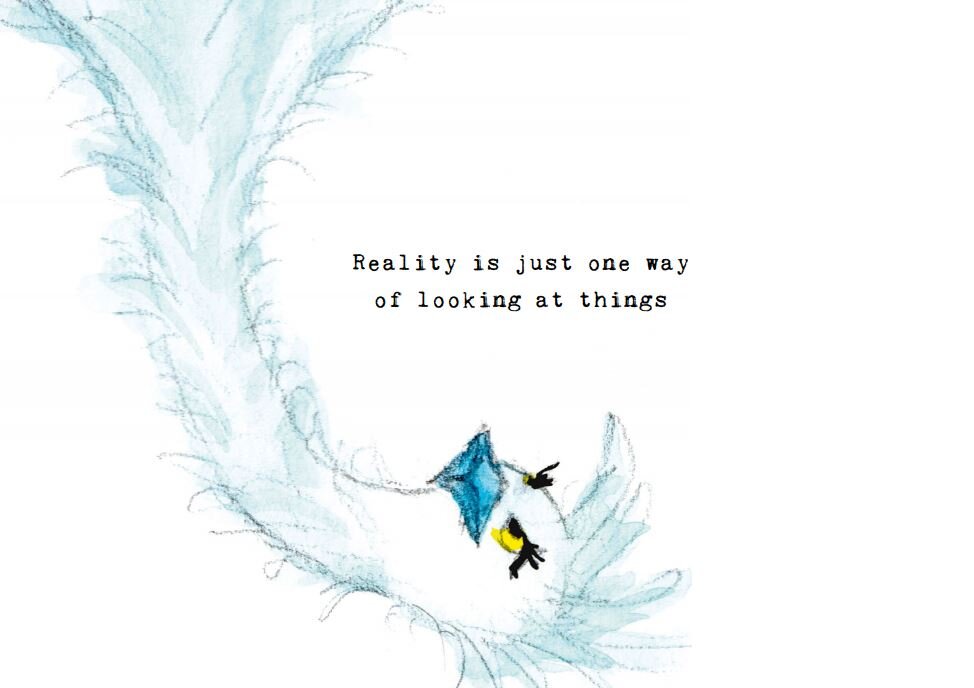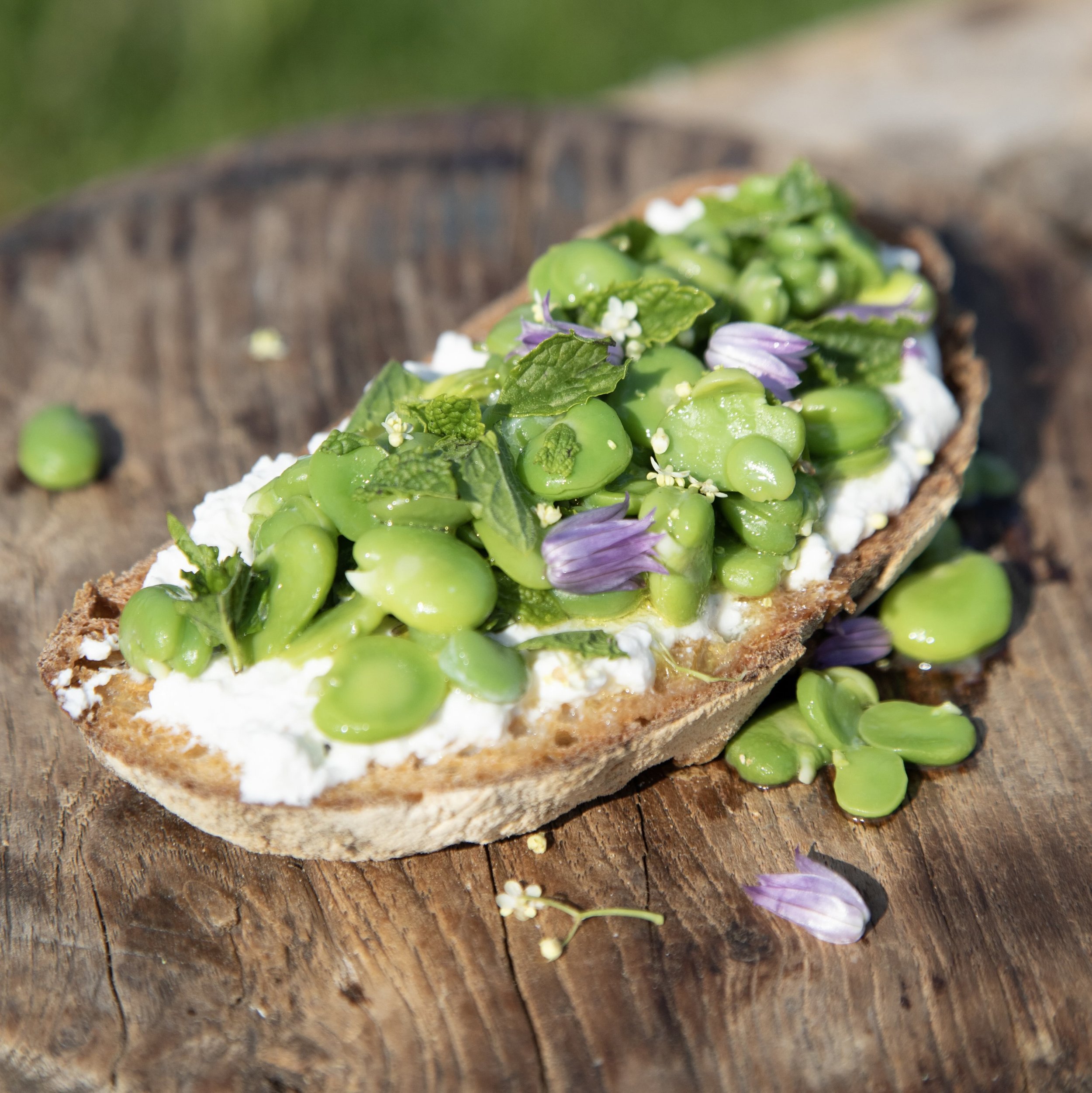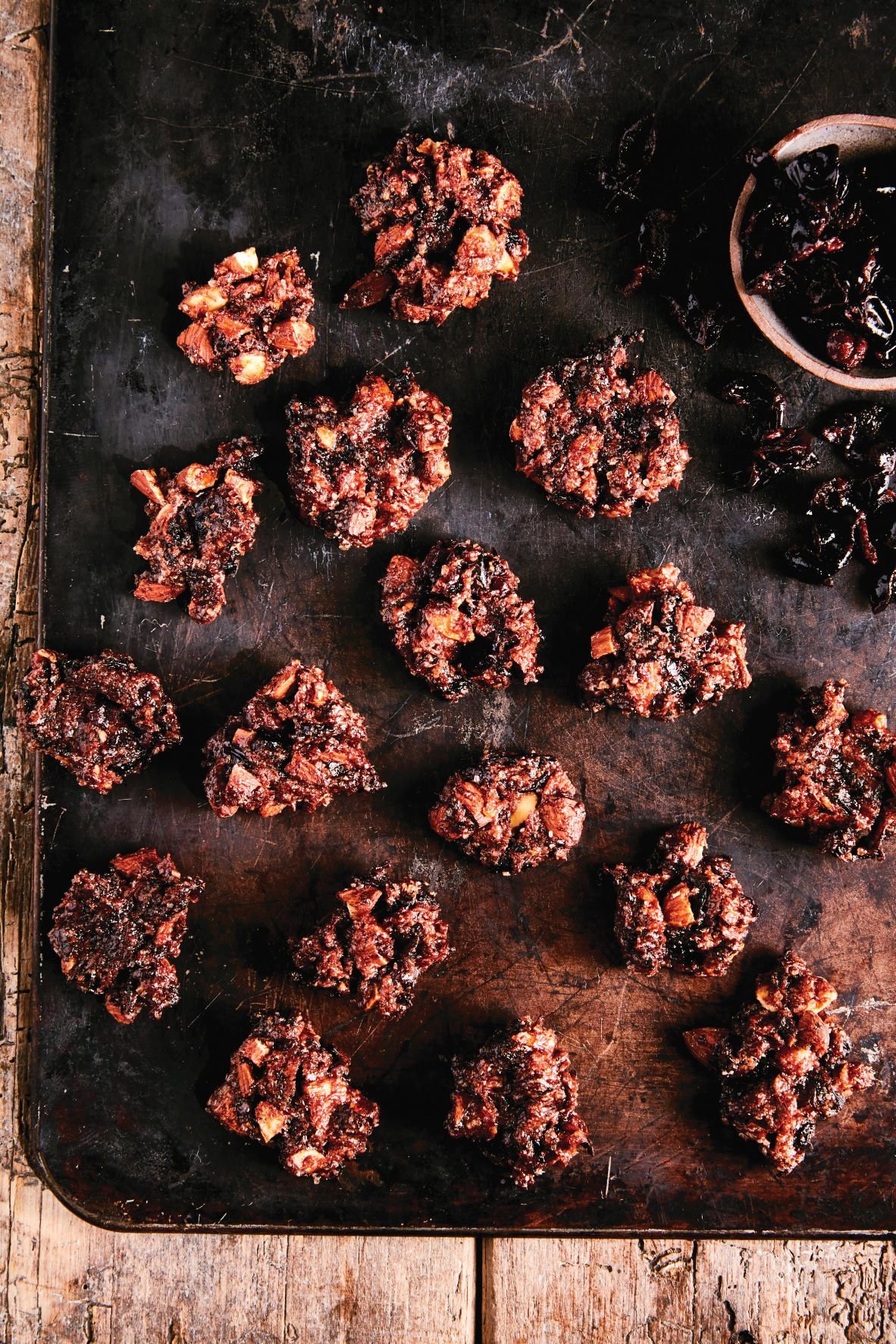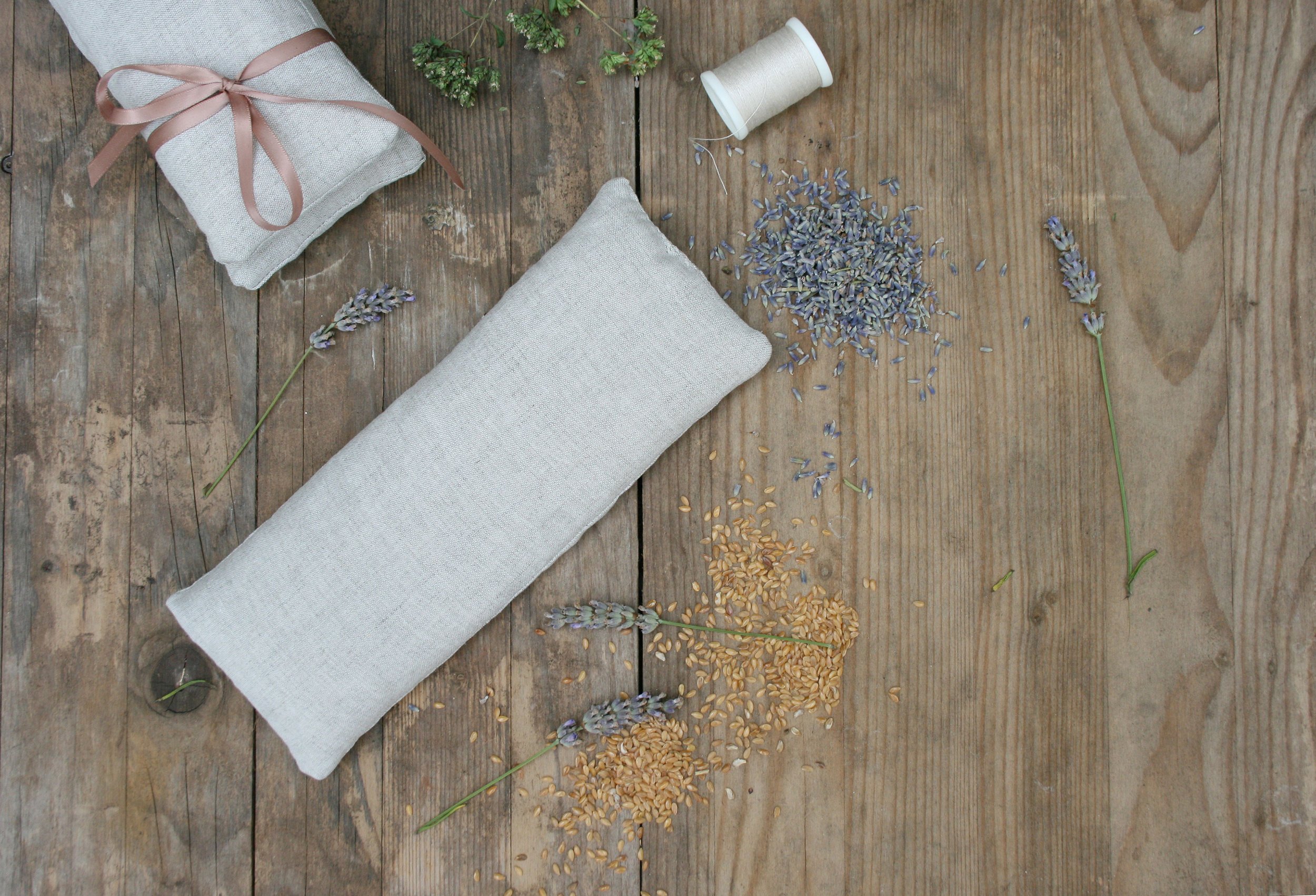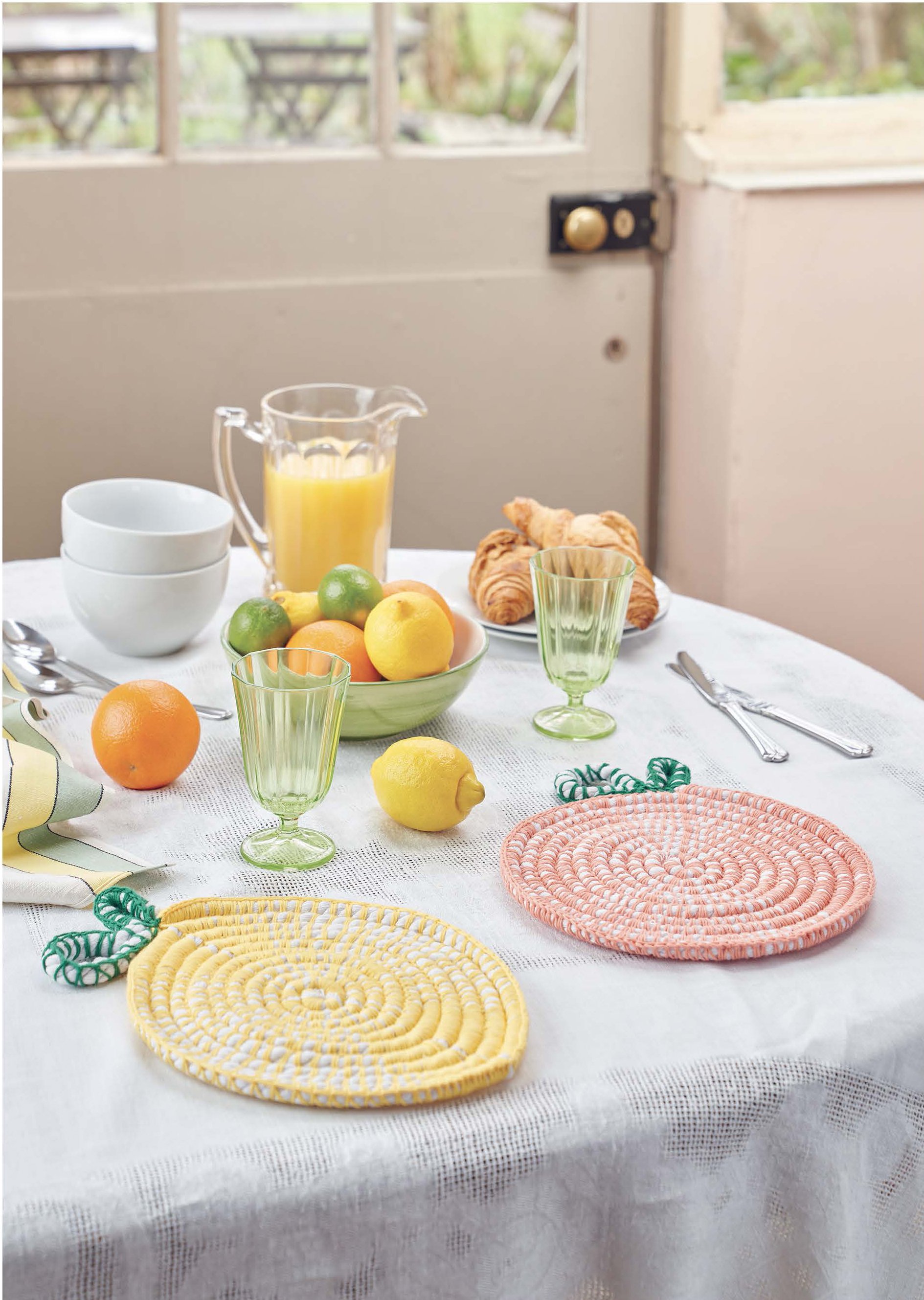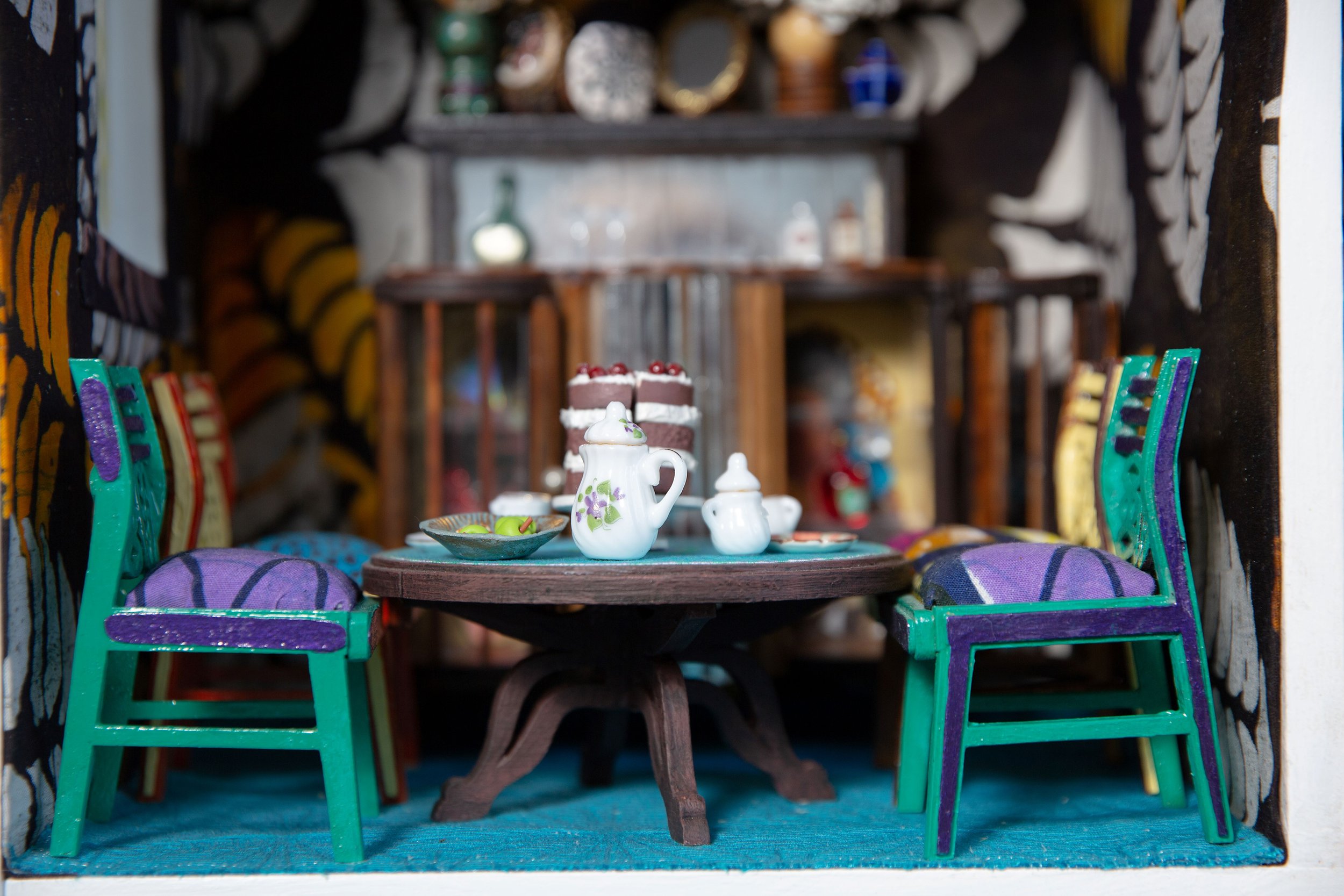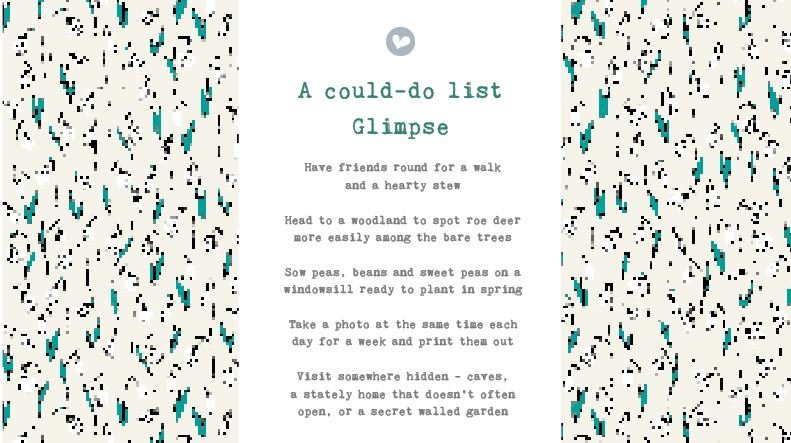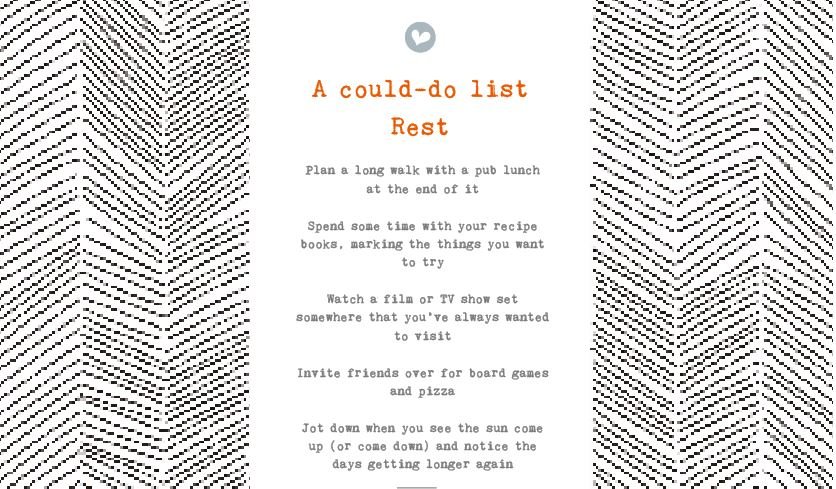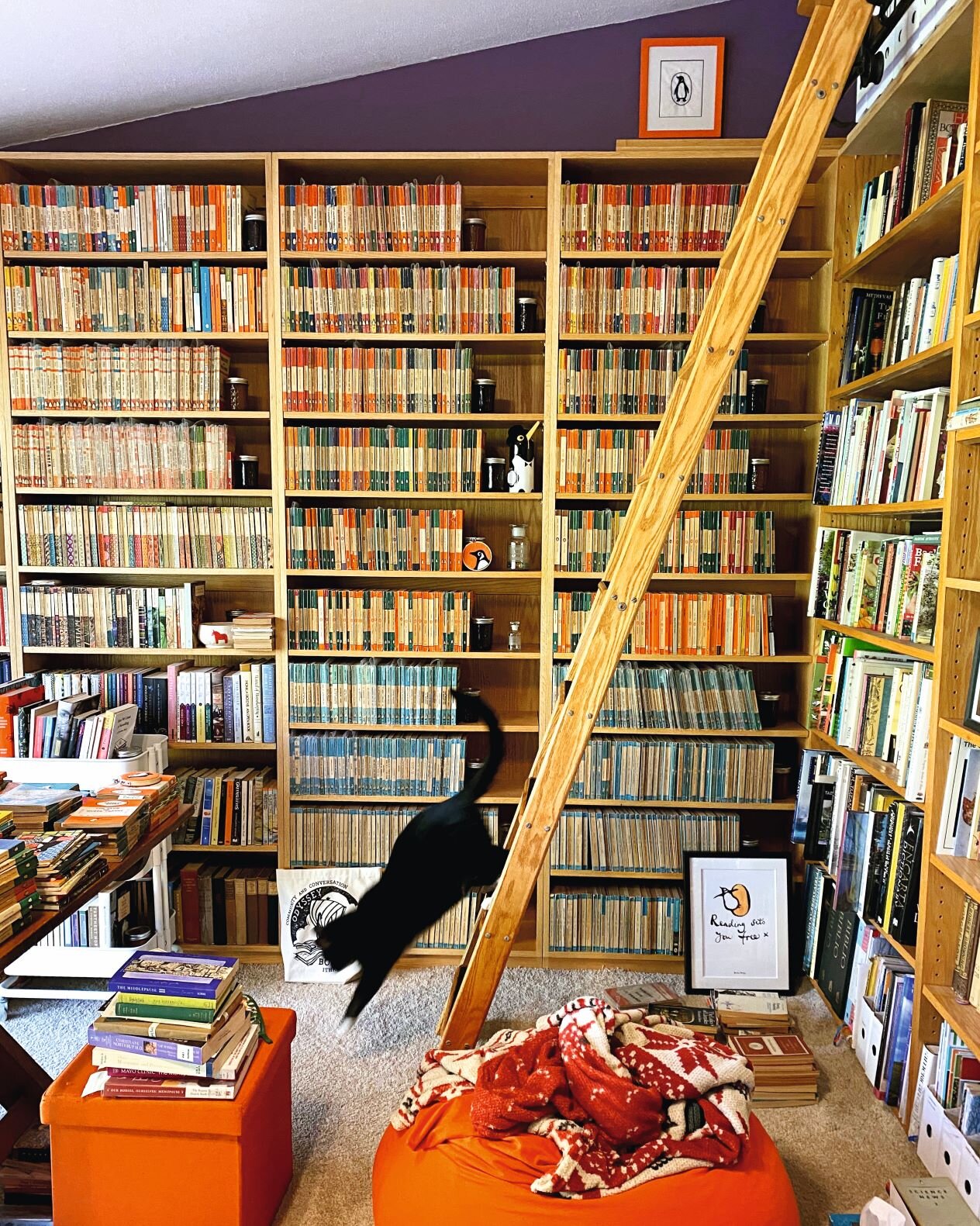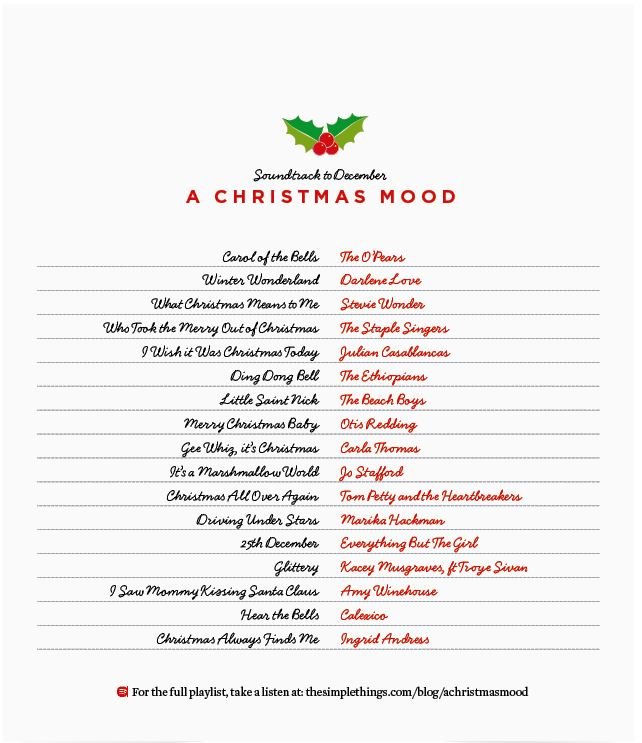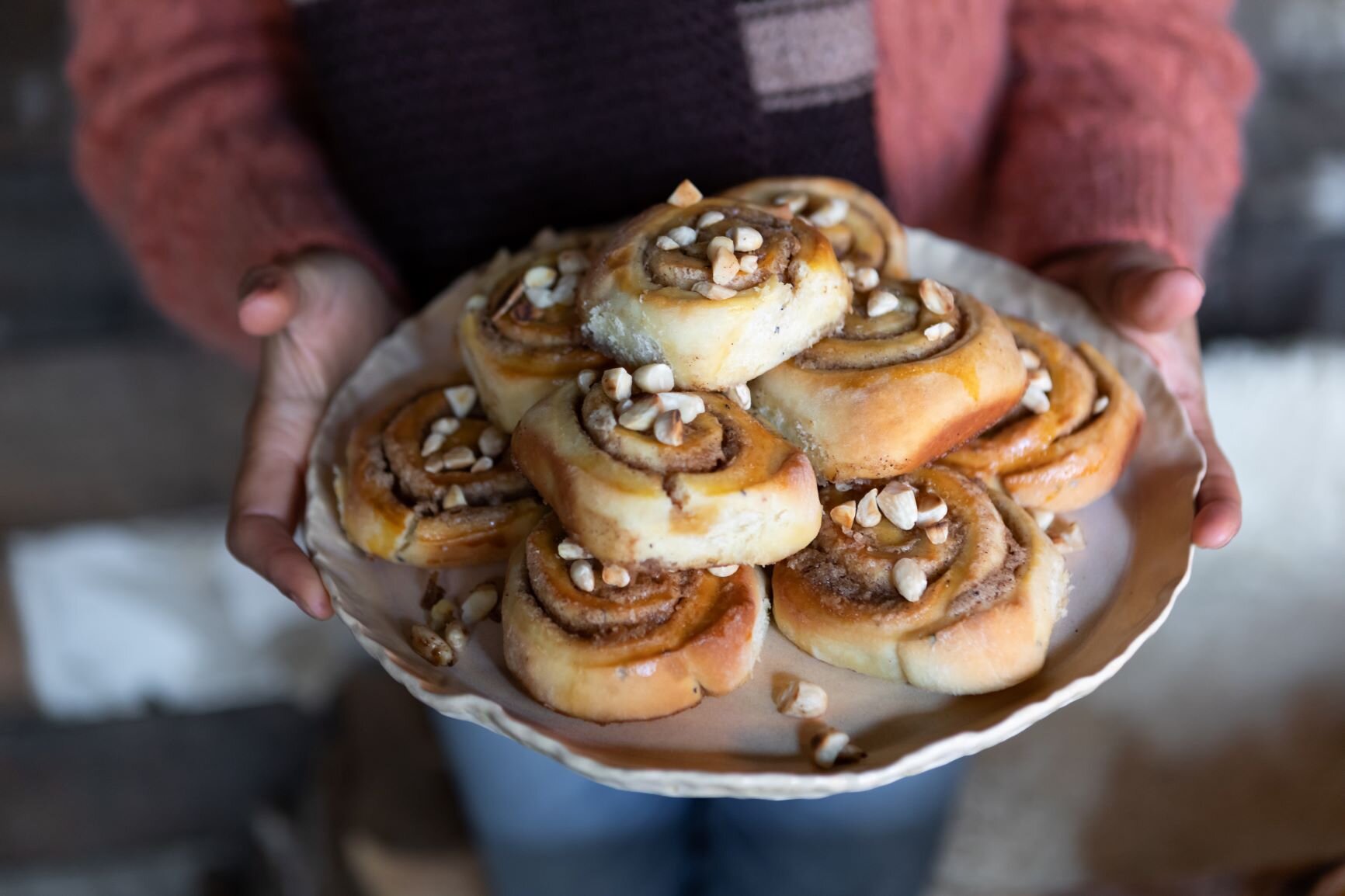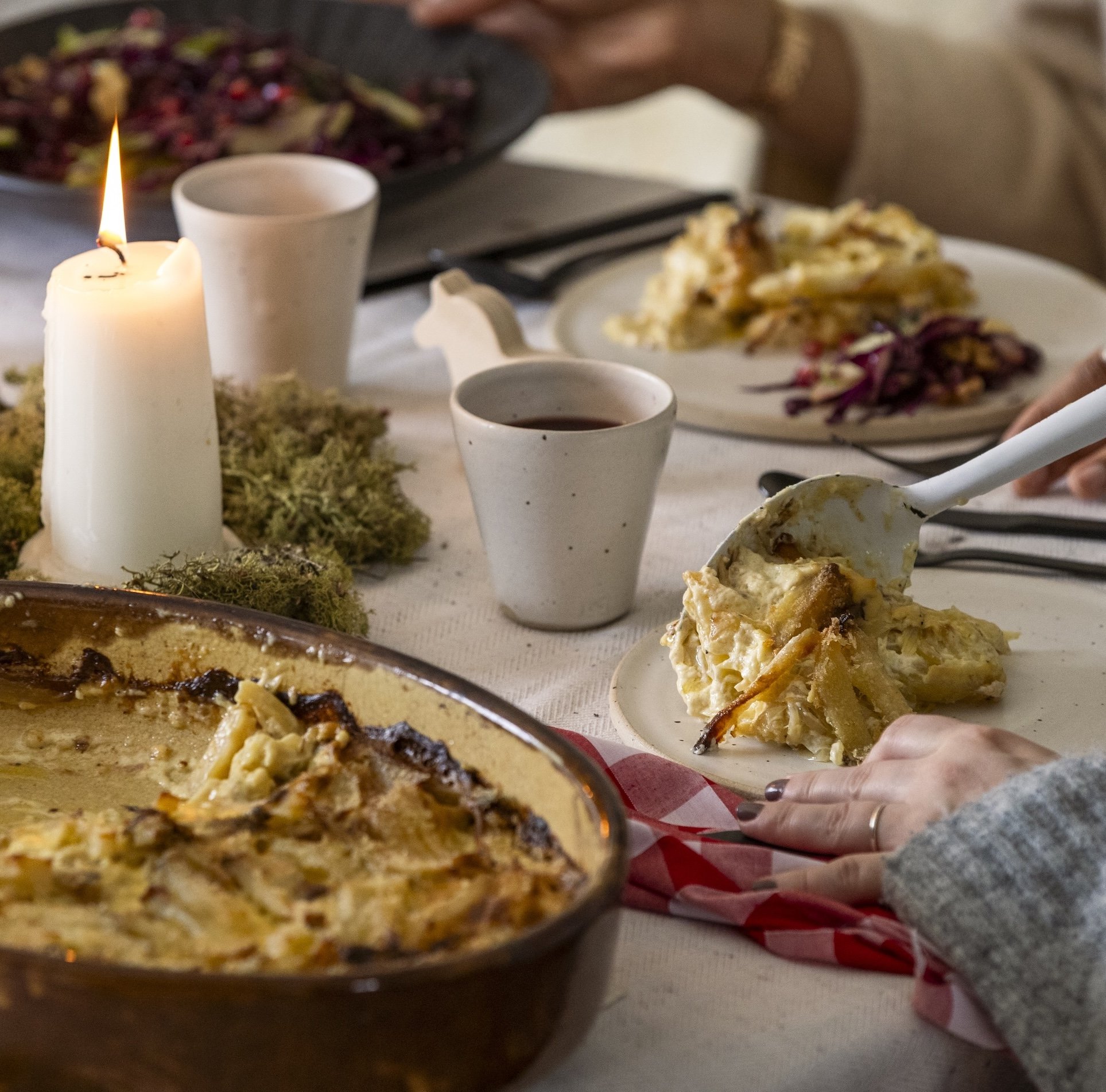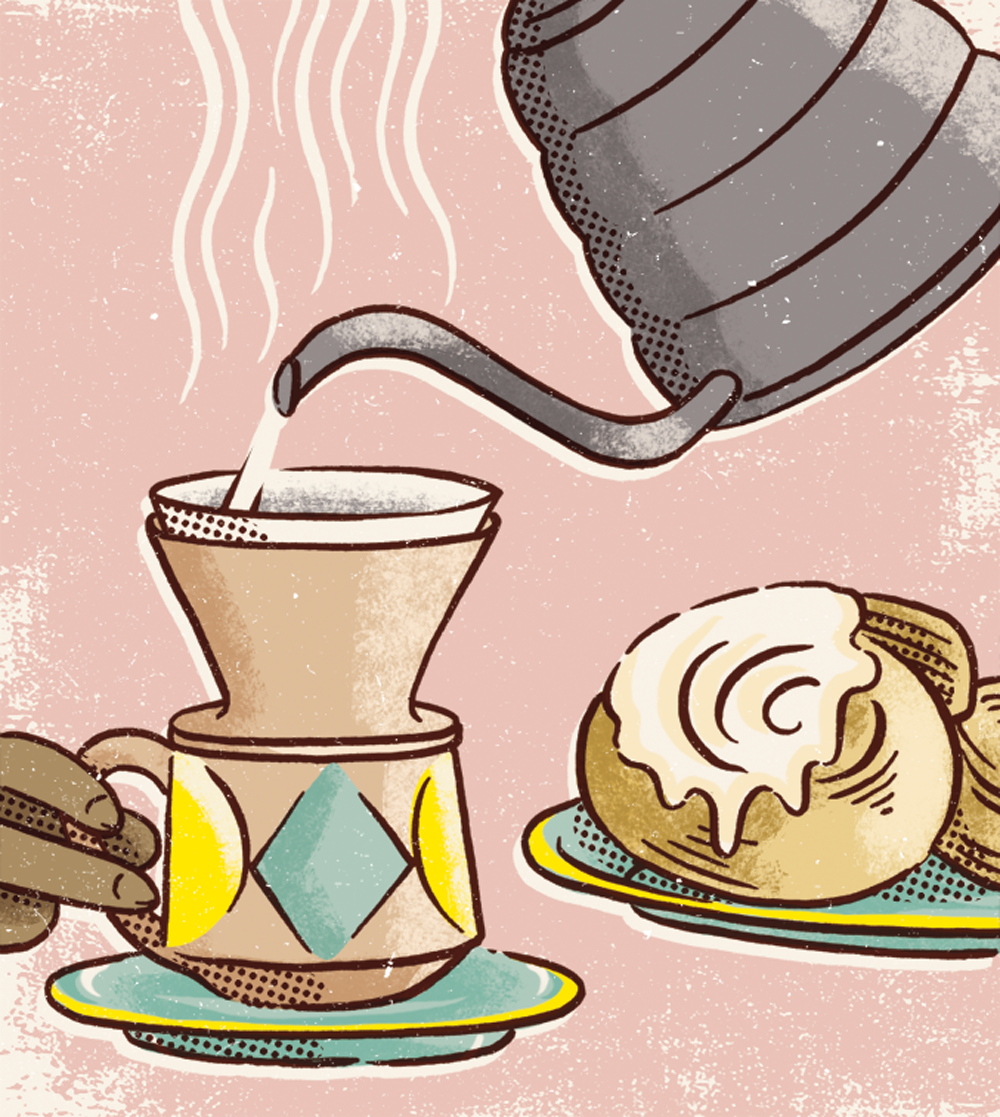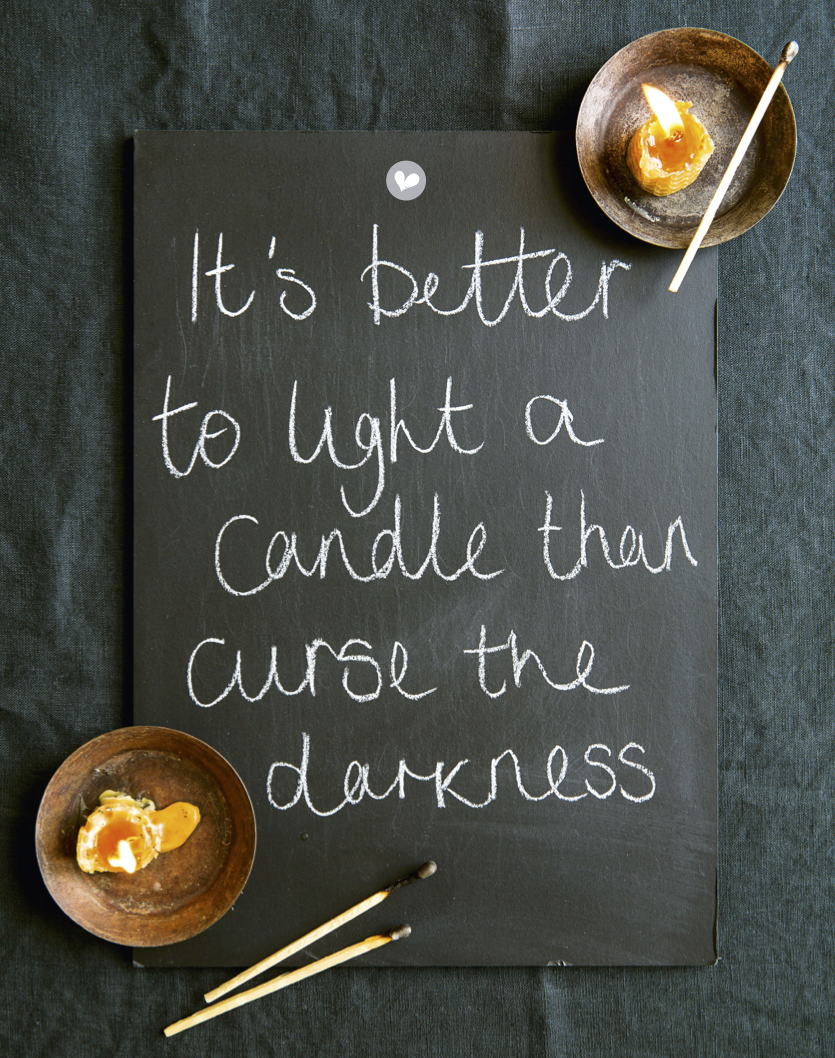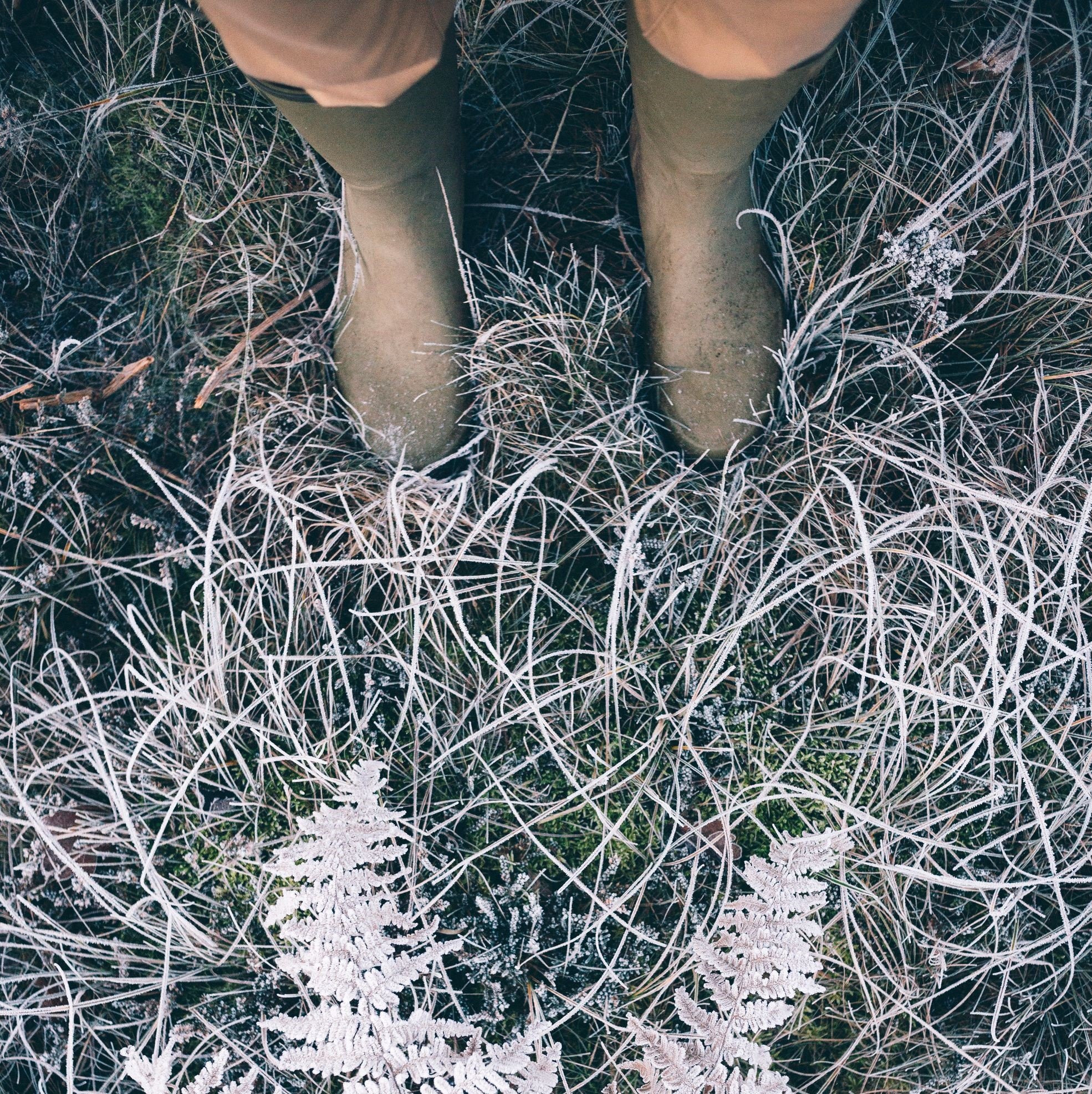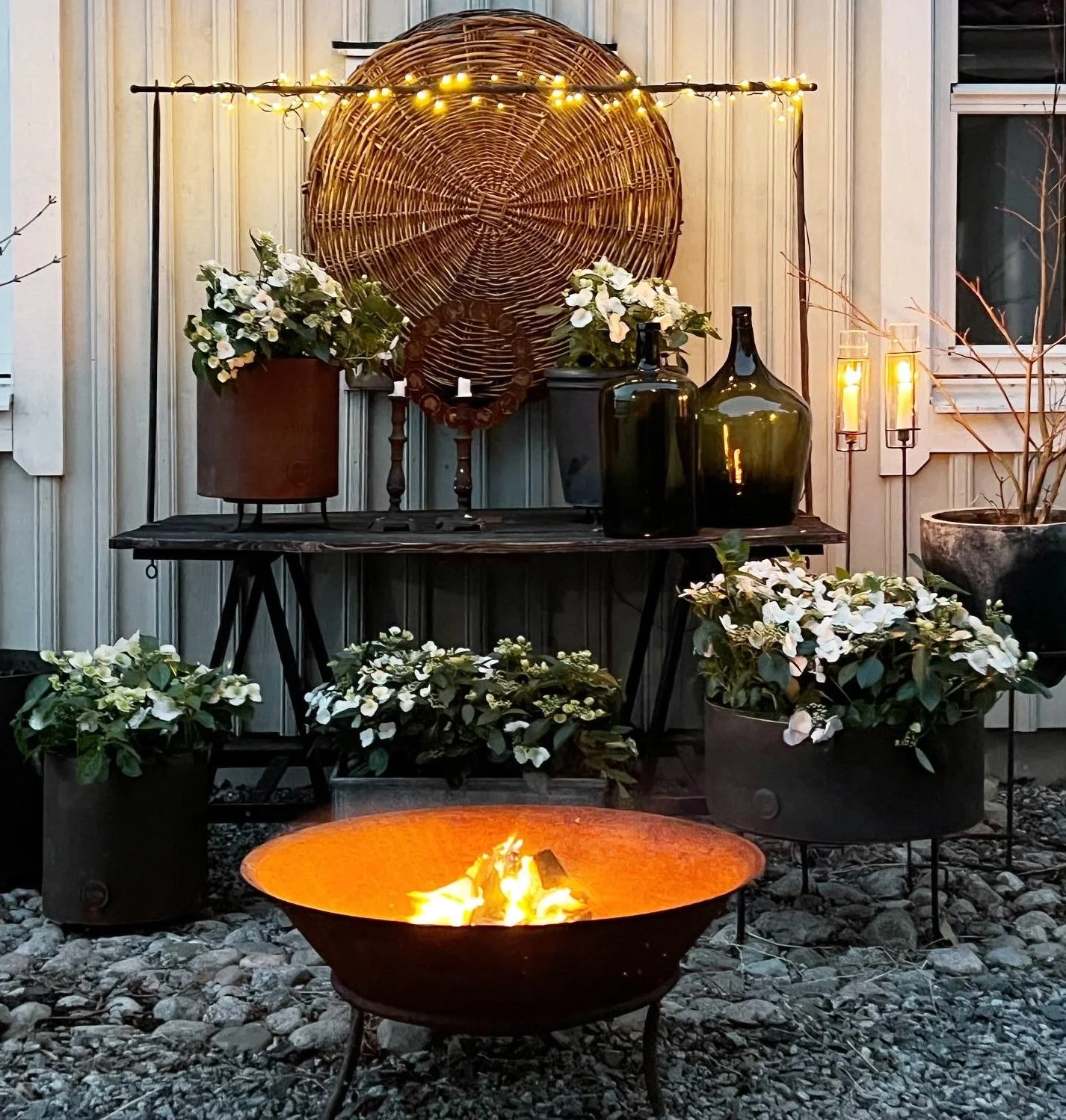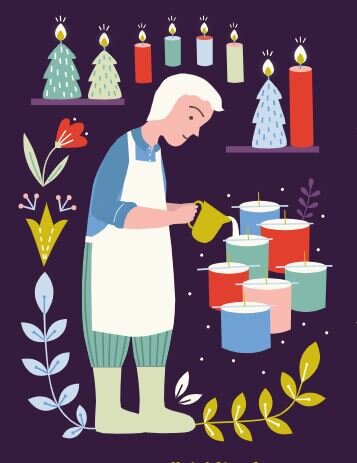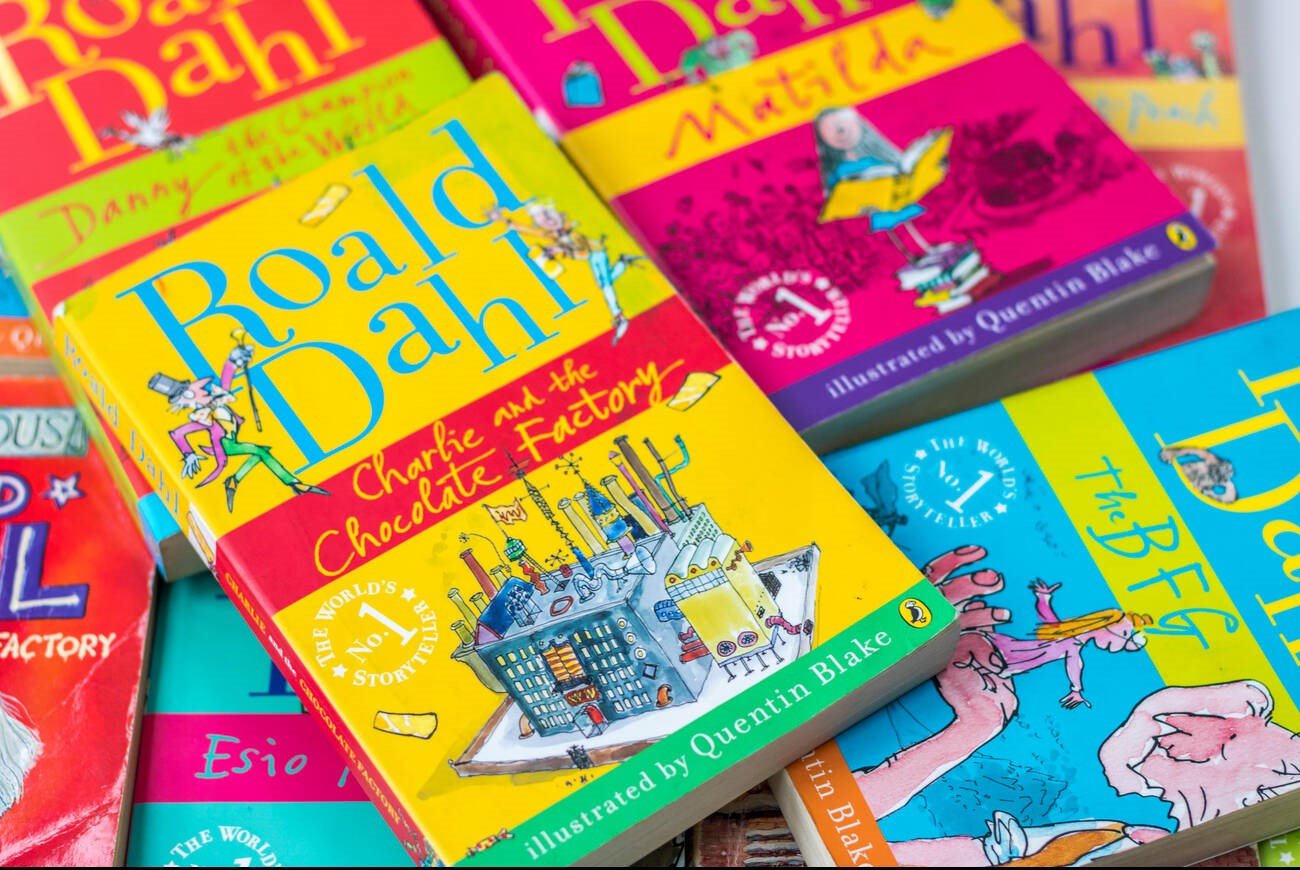Making Swedish cardamom buns is a very happy way to spend an afternoon. Schedule in some time with a book while the dough and buns prove, and throw yourself into the slowness of the whole process in the knowledge that the finished buns will be worth every minute of the proving time.
Makes 18
For the filling:
100g butter, softened
½ tsp plain flour
1 tsp ground cinnamon
1 tsp ground cardamom
½ tsp vanilla extract
50g caster sugar
50g soft brown sugar
For the dough:
250mlfull fat milk
13g active dried yeast granules
75g butter
450g strong white bread flour
1½ tbsp ground cardamom
½ tsp salt
40g caster sugar
1 egg
Plus 1 egg, beaten (for brushing the rolls before they go into the oven)
For the glaze:
100ml agave or golden syrup
50g almonds, finely chopped
To make…
1 Begin by creaming all of the filling ingredients together and then set to one side.
2 Next, make the dough by heating the milk in a saucepan over a medium heat until it starts to gently bubble, but don’t let it come to the boil.
3 Pour the warm milk into a mixing bowl, add the yeast and mix together. Cover with a tea towel and leave in a warm room for about 20 mins to activate the yeast. While the yeast is activating, gently melt the butter in a small saucepan over a medium heat, then set aside.
4 Once the yeast and milk have started to bubble (activated), add the cooled, melted butter and mix them together thoroughly. You can either do this by hand or with a dough hook attachment on a food processor.
5 Next, take a clean mixing bowl and pour in the flour, cardamom, salt and sugar, then blend together. Slowly add this mix to your bowl of wet dough ingredients. Add one beaten egg and combine. Either using your hands or in a machine with a dough hook, knead the combined dough ingredients for at least 5 mins. If necessary, add a little flour if you’re finding that the dough is sticking to your fingers too much, although it does need to be quite sticky.
6 Leave your kneaded dough to prove in either the bowl or mixer, covered, in a warm room for 30-45 mins to allow it to rise.
7 Cover a flat surface with flour and place your dough on top. Knead it by hand (adding a little extra flour if it’s still too sticky to work with) for 5 mins. Once it’s a manageable consistency, roll the dough out into a rectangular shape and cover with the filling, stopping about 5cm from one end – if your table isn’t very big then you may find it easier to do this in two parts, making two smaller rectangles.
8 Roll the rectangle into a sausage, leaving the bare end until last so that your filling doesn’t start spilling out. Cut your sausage shaped dough (with the filling inside) into 6cm-thick slices. Place the slices onto a lined baking tray and leave to rise for another 30 mins.
9 Meanwhile, preheat the oven to 200C/180 Fan/Gas 6. When the oven has reached temperature and the swirl-shaped dough slices have sat for 30 mins for a second rising, brush the with a beaten egg and then bake for 8-10 mins, or until golden brown.
10 While the cardamom buns bake, make the glaze by heating the syrup in a small saucepan over a medium heat until warmed through. As soon as the buns come out of the oven, drizzle with the warmed syrup, then sprinkle the chopped almonds over the top of them.
11 While they cool, take a clean tea towel and run it under a tap until it is soaked through, then wring it out and place the damp cloth over the baking tray for 5 mins to stop the cardamom rolls from going hard.
These Swedish buns are part of our Merry Midwinter menu from our January issue, a hygge style meal with added log-cabin-cosiness, that includes Smorrebrod, Scandi Fish Stew and more. Recipes by Kay Prestney.
More hyggelich things for January…
